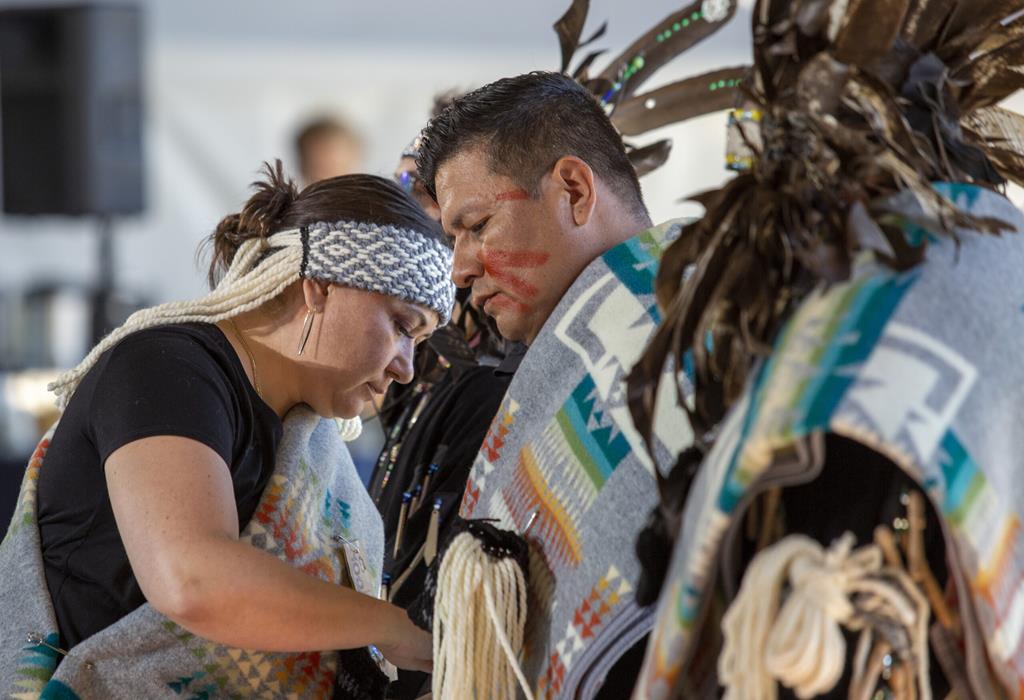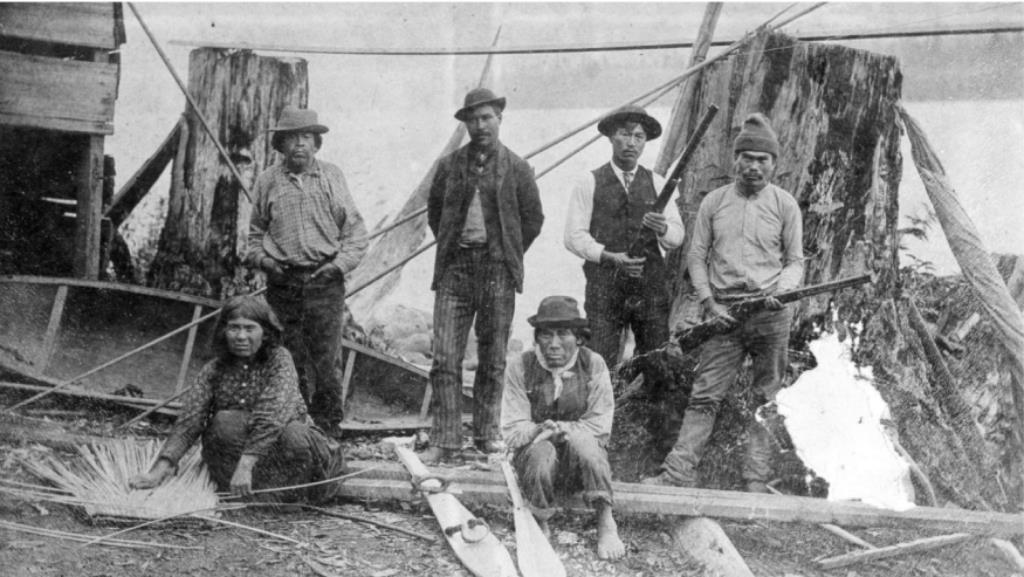Senkáw is Vancouver’s newest mega-development that is set to be completed by 2033. The project is being developed by Nch’kay West, a partnership between Nch’kay Development Corporation and Westbanks Projects Corp. This is the largest partnership in Canadian history with any First Nation. According to Macleans, this 11-tower development takes up just over 10 acres of land, is centrally located in the city, and will be “the densest neighbourhood in Canada.” Indigenous nations are reclaiming their power and presence for their people with the building of Sen?á?w, and they are not bothered by what their neighbours think of it.
Senkáw is being described as “undeniably Indigenous” with some remarkable architectural features. When complete, the four million square foot development will provide over 6,000 rental homes and 1,200 affordable homes, and will be the largest First Nations economic development project in Canadian history — as well as the largest net zero carbon residential project in Canada.

Senkáw will be built on reserve land that is currently owned by the Squamish First Nation. Partnering with the private real estate developer, Westbank, it will provide homes for thousands of Vancouver residents, and assist those who have struggled with the inflating and unequal housing market. The project will be located at the south end of the Burrard Street Bridge, made possible by a special agreement between the Squamish First Nation and the City of Vancouver signed in May 2022.
The Squamish land building site holds much history. According to the Senkáw website, “long before the arrival of European settlers in the Vancouver area in 1791, Squamish ancestors had a village at Senkáw.” This is where families would fish, hunt, and harvest. They also built longhouses and would host potlatches for the community. Senákw was a significant hub of culture, trading, and commerce amongst the First Nations people of the area.

The Squamish Nation will be at the forefront of the construction and uninhibited by the City of Vancouver’s zoning rules. The Nation is choosing to make it bigger and bolder than any city property development could ever be. This has brought some controversy from those in proximity to the building who are worried about how this will affect their day-to-day lives.
Critics of the project are concerned with how it will impact livability and traffic congestion. The Kits Point Residents Association has gone as far as to seek having the agreement between Squamish Nation and the City of Vancouver declared unlawful. However, the B.C. court rejected this challenge, and the project is set to continue on track.
The total residential floor will be 3.8 million square feet, with retail and restaurant spaces accounting for another 171,000 square feet. Six acres of the land area will be dedicated to green spaces, parks, and plazas.
Senkáw is “reconciliation in action” and will provide long-term benefits for both the Squamish Nation and the City of Vancouver for generations. Rentals will be 30-40 per cent cheaper than other market rentals and the project is expected to bring in “four times more rental units into the Vancouver housing market than are built by the city in a single year,” according to the Nch’kay project website. One of the most important projects in the history of Canada, Sen?á?w will guide the Squamish First Nation towards complete economic independence.
The first phase of construction is set to be completed by late 2025. Each phase will receive an approximately equal number of residential units. Phase 1 will be made up of three towers and is expected to begin soon and be completed by 2026. Phase 2 will be built by 2028, Phase 3 by 2030, and Phase 4 by 2033.


